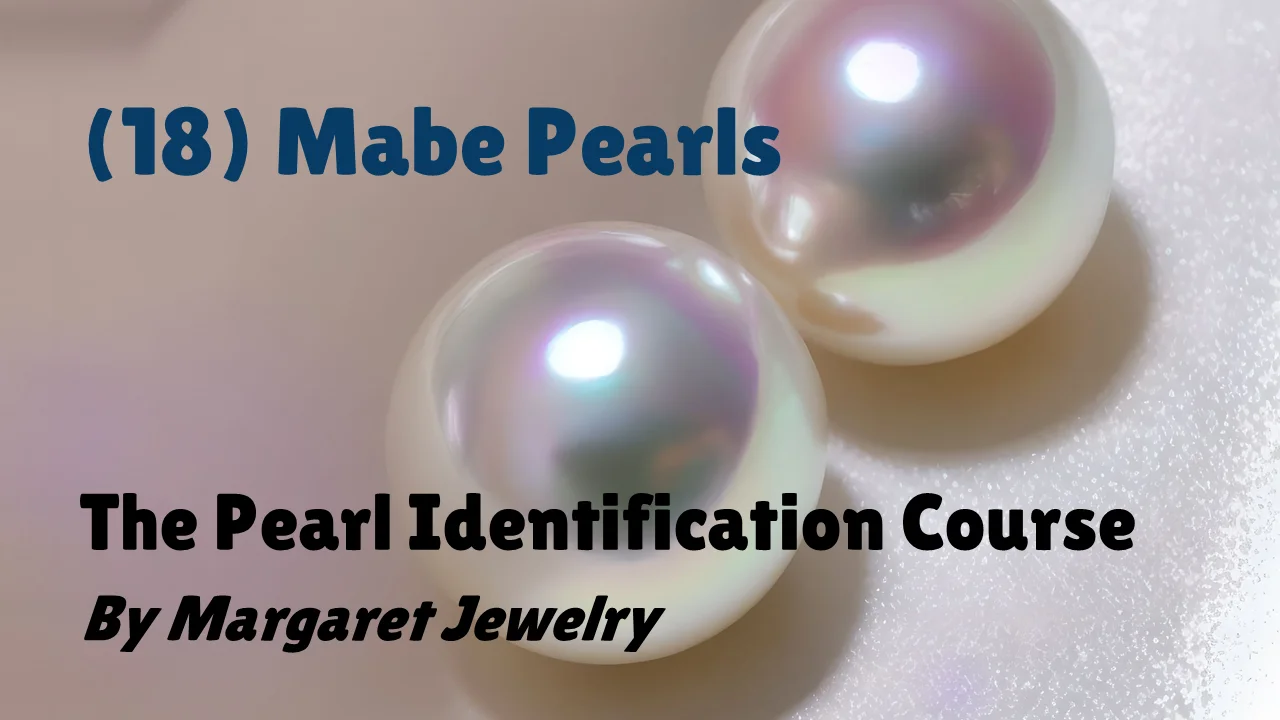Lesson18: Mabe Pearls

1. Introduction
Mabe pearls are a type of pearl that forms in a hemispherical or flat shape.
2. Production Regions
Mabe pearls are primarily produced in temperate marine regions. Key areas include: New Zealand, Australia, Japan, China, South Korea, The Philippines, Indonesia, French Polynesia, Mexico, The United States
3. Host Shells
Mabe pearls can form in both saltwater and freshwater mollusks. Common host shells include:
- Penguin Wing Oyster (Pteria penguin)
- Silver/Gold-Lip Pearl Oyster (Pinctada maxima)
- Rainbow-Lip Pearl Oyster (Ptera sterna)
- Abalone (Haliotis)
Approximately 75% of all Mabe pearls come from the Penguin Wing Oyster.




4. Cultivation and Processing
Mabe pearl cultivation originated in China, using an ancient pearl farming technique. It was later refined and improved by the Japanese pearl expert Kokichi Mikimoto. The process involves the following steps:
- A hemispherical nucleus is prepared and adhered to the inside shell of the host oyster, with the convex side facing inward and the flat side against the shell wall.
- The mollusk is returned to the water and farmed for an additional 2-3 years.
- After this period, the section of the shell containing the pearl is cut away, and the mollusk typically dies.
- The pearl nucleus is removed, the shell cavity is cleaned, and the empty space is filled with resin.
- Finally, a thin layer of nacre (pearl material) is used to seal the base.
5. Characteristics
Color
Mabe pearls are available in a wide range of colors, including: White, Silver, Gold, Pink, Blue
Size
The size of Mabe pearls varies greatly, ranging from 5 mm to an impressive 20 mm, depending on the size of the host shell.
Shape
Mabe pearls can be crafted into nearly any shape. However, the most popular shapes are: Round, Oval, Teardrop
Luster
Mabe pearls have a brilliant luster with a sharp, reflective sheen and often display multiple overtones.
